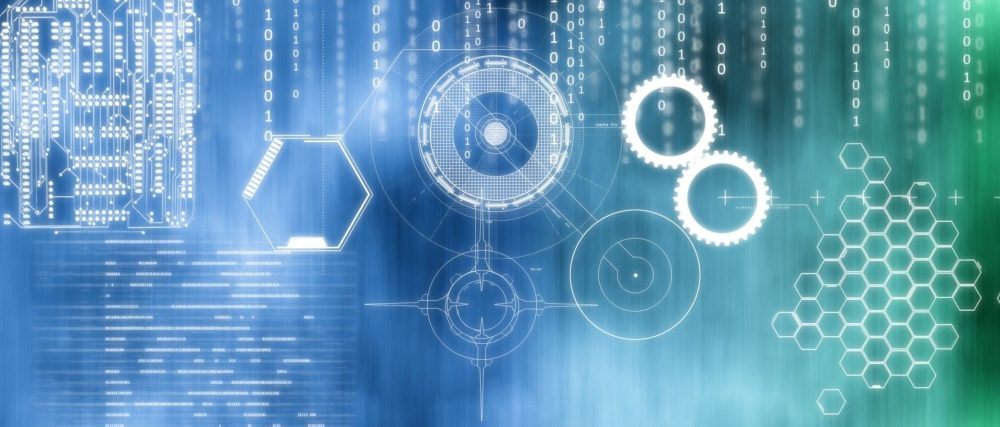Machine Learning and Deep Learning are two buzzwords that are often used interchangeably in the tech industry. While they both fall under the umbrella of artificial intelligence, they are not the same thing. In this article, we will explore the key differences between Machine Learning and Deep Learning, and how they are used in various applications.
What is Machine Learning?
Machine Learning is a subset of artificial intelligence that focuses on developing algorithms that allow computers to learn from and make predictions or decisions based on data. In other words, Machine Learning algorithms are designed to improve their performance over time without being explicitly programmed to do so. These algorithms learn from historical data and use it to make predictions or decisions without human intervention.
Types of Machine Learning
There are three main types of Machine Learning algorithms:
Supervised Learning: In this type of Machine Learning, the algorithm is trained on labeled data, meaning that it is given input-output pairs to learn from. The algorithm then uses this training data to make predictions on new, unseen data.
Unsupervised Learning: In unsupervised learning, the algorithm is given input data without any corresponding output labels. The algorithm then finds patterns or relationships in the data on its own.
Reinforcement Learning: Reinforcement Learning is a type of Machine Learning where an agent learns to make decisions by interacting with an environment and receiving feedback in the form of rewards or penalties.
What is Deep Learning?
Deep Learning is a subfield of Machine Learning that focuses on developing neural networks with multiple layers (hence the term “deep”). These neural networks are designed to automatically learn representations of data through a process called feature learning. Deep Learning has shown remarkable success in various domains, including image and speech recognition, natural language processing, and autonomous driving.
Key Differences between Machine Learning and Deep Learning
While Machine Learning and Deep Learning are both based on the same foundational principles, there are several key differences between the two:
Representation of Data: Machine Learning algorithms typically require handcrafted features from the data, meaning that domain expertise is important. Deep Learning, on the other hand, automatically learns representations of the data, which can lead to better performance on tasks.
Complexity and Scalability: Deep Learning models are more complex and computationally intensive compared to traditional Machine Learning models. They require large amounts of data and computational resources for training.
Interpretability: Machine Learning models are generally more interpretable than Deep Learning models. Deep Learning models are often referred to as “black boxes” because of their complexity, making it difficult to understand why a particular decision was made.
Applications: Machine Learning is more widely used in industry due to its simplicity and interpretability. Deep Learning, on the other hand, is used in applications where high accuracy is required, such as image and speech recognition.
Conclusion
Machine Learning and Deep Learning are two important subfields of artificial intelligence that are revolutionizing the way we interact with technology. While they share some similarities, such as their reliance on data and algorithms, they differ in terms of complexity, scalability, and interpretability. Understanding the key differences between Machine Learning and Deep Learning is essential for anyone looking to work in the field of artificial intelligence and machine learning.
Whether you are a software developer, data scientist, or tech enthusiast, knowing the distinction between these two concepts can help you choose the right approach for your projects and stay ahead in this rapidly evolving industry.




